The Ultimate Guide to Choosing the Best 4G Rugged Android Tablet for Your Business Needs
In today's fast-paced business environment, the demand for durable and
efficient technology solutions is at an all-time high. According to
recent industry reports, the global rugged tablet market is expected to reach $1.67 billion by
2025, driven by the increasing need for reliable devices in challenging conditions. The
4G Rugged Android Tablet stands out as a pivotal tool for businesses
seeking to enhance productivity and operational efficiency in industries ranging from manufacturing to logistics
and field services. With features designed to withstand extreme conditions, including harsh weather and accidental
drops, these devices not only support essential business applications but also offer the
connectivity needed to keep teams informed and engaged on the go. As companies
strive to adopt cutting-edge technology, understanding the various alternatives available in the
rugged tablet market becomes crucial for making the best investment to meet their unique business needs.
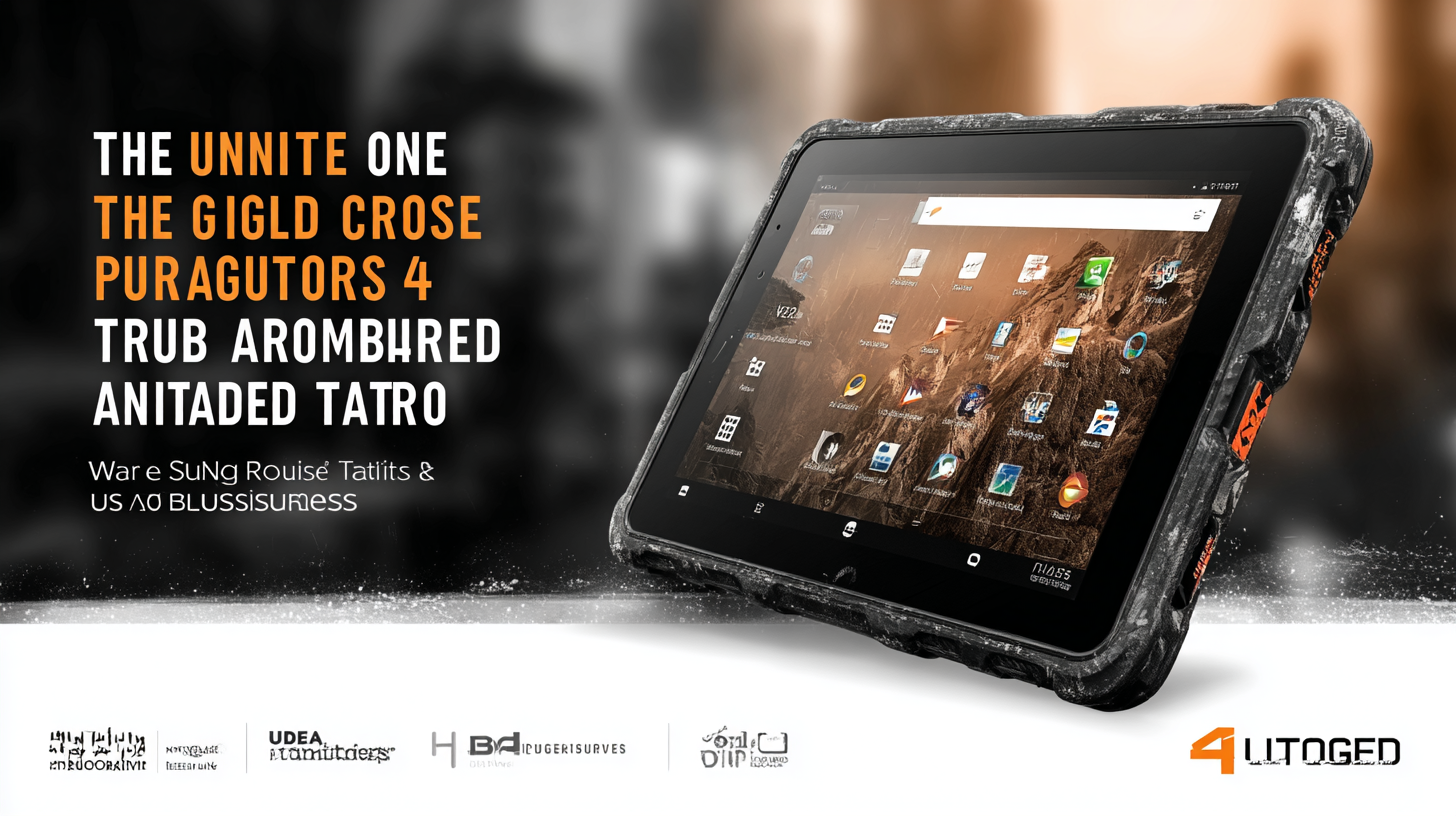
Key Features to Look for in a 4G Rugged Android Tablet for Industrial Use
When selecting a 4G rugged Android tablet for industrial use, several key features should be prioritized to ensure optimal performance in challenging environments. According to a recent report by Future Markets Insights, the rugged tablet market is expected to grow significantly, with a projected CAGR of 7.5% between 2022 and 2030, reflecting the increasing demand for durable technology in sectors such as construction, logistics, and oil and gas.
One of the most critical features to consider is the device's MIL-STD-810G certification, which indicates its resistance to extreme temperatures, humidity, and vibrations. Tablets that meet this standard can endure the rigors of industrial settings, reducing the risk of malfunction or damage. Additionally, high ingress protection (IP) ratings, such as IP65 or IP68, are essential to ensure that the tablet can withstand dust and water exposure. The durability of the screen is also paramount; Gorilla Glass or other reinforced materials help prevent breakage in the field.
Furthermore, operational capabilities like battery life, processing power, and connectivity play a significant role in enhancing productivity. Industry reports highlight that tablets designed for rugged use often feature extended battery life of 10-20 hours, allowing workers to remain productive without frequent recharges. Robust processing capabilities, such as Qualcomm Snapdragon processors, are also vital for running demanding applications, ensuring that workers have access to real-time data and communication tools to perform their tasks efficiently.
The Ultimate Guide to Choosing the Best 4G Rugged Android Tablet for Your Business Needs
| Feature |
Importance |
Recommended Specs |
| Operating System |
Ensures compatibility with business applications |
Latest Android Version |
| Processor |
Affects performance and multitasking capabilities |
Octa-core Processor |
| RAM |
Impacts speed and efficiency when running apps |
At least 4GB RAM |
| Display |
Crucial for visibility in various environments |
10-inch Full HD IPS |
| Battery Life |
Essential for all-day productivity |
6000 mAh or more |
| Durability |
Key for industrial environments |
IP68 Rating & MIL-STD-810G compliance |
| Camera |
Useful for documentation and inspections |
Minimum 8MP rear, 5MP front |
| Connectivity |
Important for field communications |
4G LTE, Bluetooth, Wi-Fi |
| Storage |
Affects capabilities for data handling |
Minimum 64GB, expandable via SD |
Comparative Analysis of Leading Brands in the Rugged Tablet Market
When selecting a rugged Android tablet for your business, it’s essential to compare the leading brands in the market. Each brand offers unique features tailored to specific industries, making an informed choice crucial. For instance, Panasonic Toughpad is renowned for its robustness and enterprise capabilities, ideal for fieldwork in construction and engineering. In contrast, Samsung’s Galaxy Tab Active series balances durability with advanced functionality, catering to retail and logistics sectors.
**Tip:** Always consider the operating temperature range and IP rating when evaluating rugged tablets, as these factors significantly influence their performance in challenging environments. Additionally, assess the availability of accessories that enhance usability, such as rugged cases or vehicle mounts.
Another key player is the Getac ZX70, which boasts a high level of customization and an impressive battery life, suitable for long work shifts. Furthermore, Zebra Technologies focuses on seamless integration with existing enterprise systems, which is vital for businesses relying heavily on data collection and analysis.
**Tip:** Look for tablets that offer expandable storage options as your data needs grow, ensuring your device remains efficient over time. Also, prioritize brands that provide strong after-sales support, which can be beneficial in maintaining your devices.
The Ultimate Guide to Selecting a Rugged Android Tablet for Business Needs
This chart compares various features of leading rugged Android tablets available in the market, focusing on aspects such as battery life, display size, and processing power.
The Importance of IP Ratings and MIL-STD Compliance for Durability
When selecting a rugged Android tablet for your business, understanding the significance of IP ratings and MIL-STD compliance is crucial for ensuring durability and reliability.
IP ratings indicate the level of protection against dust and water ingress, making them essential for devices used in challenging environments. For instance, an IP67 rating means the tablet is waterproof and can withstand immersion in water up to one meter for a certain duration—ideal for outdoor work or industries that involve exposure to harsh elements.
On the other hand, MIL-STD compliance indicates that a device has undergone rigorous testing to meet military standards for durability. This includes resistance to shocks, vibrations, extreme temperatures, and more. Tablets that meet MIL-STD-810 certification have been evaluated under real-world conditions, assuring you that they can withstand the rigors of demanding job sites.
When combined, high IP ratings and robust MIL-STD compliance ensure that your rugged tablet will perform reliably, offering peace of mind whether you’re on a construction site, in a warehouse, or anywhere in between.
Impact of 4G Connectivity on Field Operations and Productivity Metrics
In today's fast-paced business environment, 4G connectivity has become a game-changer for field operations. For companies that rely on mobile teams, access to high-speed internet enables real-time data sharing, instant communication, and improved collaboration. With a rugged Android tablet equipped with 4G capability, field workers can seamlessly send and receive vital information, such as sales data and customer feedback, without delays or interruptions, significantly streamlining operations.
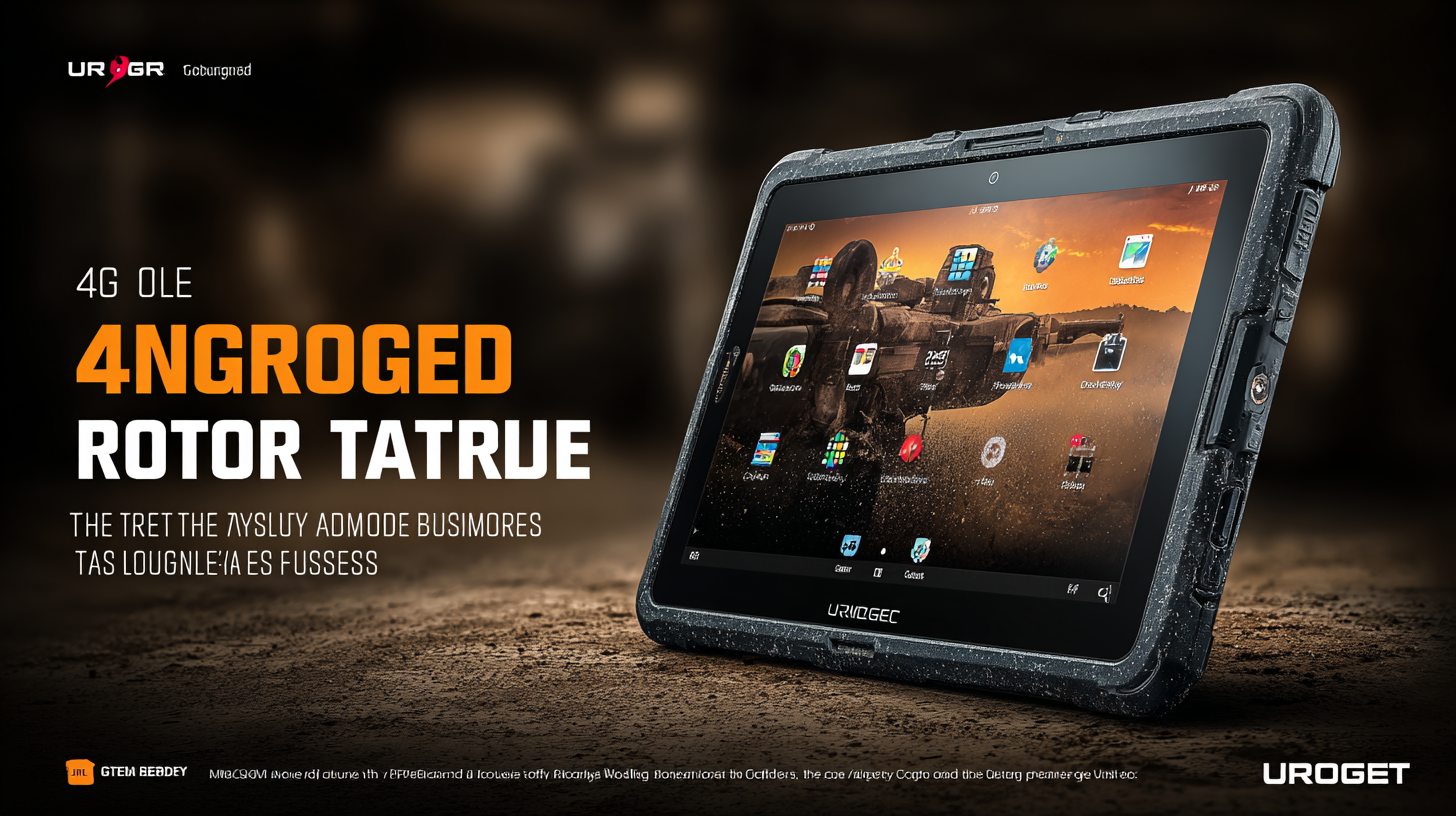
Moreover, 4G connectivity enhances productivity metrics by enabling remote access to cloud-based applications. Whether it’s updating inventory, tracking orders, or managing customer relationships, employees in the field can perform tasks that previously required returning to the office. The increase in operational efficiency not only accelerates decision-making processes but also drives customer satisfaction, as teams can respond swiftly to inquiries and issues. This innovative technology empowers businesses to maintain a competitive edge while maximizing their resources.
Cost-Benefit Analysis: Investing in Rugged Tablets vs. Standard Devices
When it comes to equipping your business with technology, the choice between rugged tablets and standard devices often boils down to a cost-benefit analysis. While standard tablets may initially seem like a more budget-friendly option, the long-term costs can tell a different story. Rugged tablets, designed to withstand harsh environments and accidental drops, can significantly reduce replacement and repair expenses over time. For industries such as construction, field service, and logistics, the durability of rugged devices translates into minimized downtime and increased productivity.
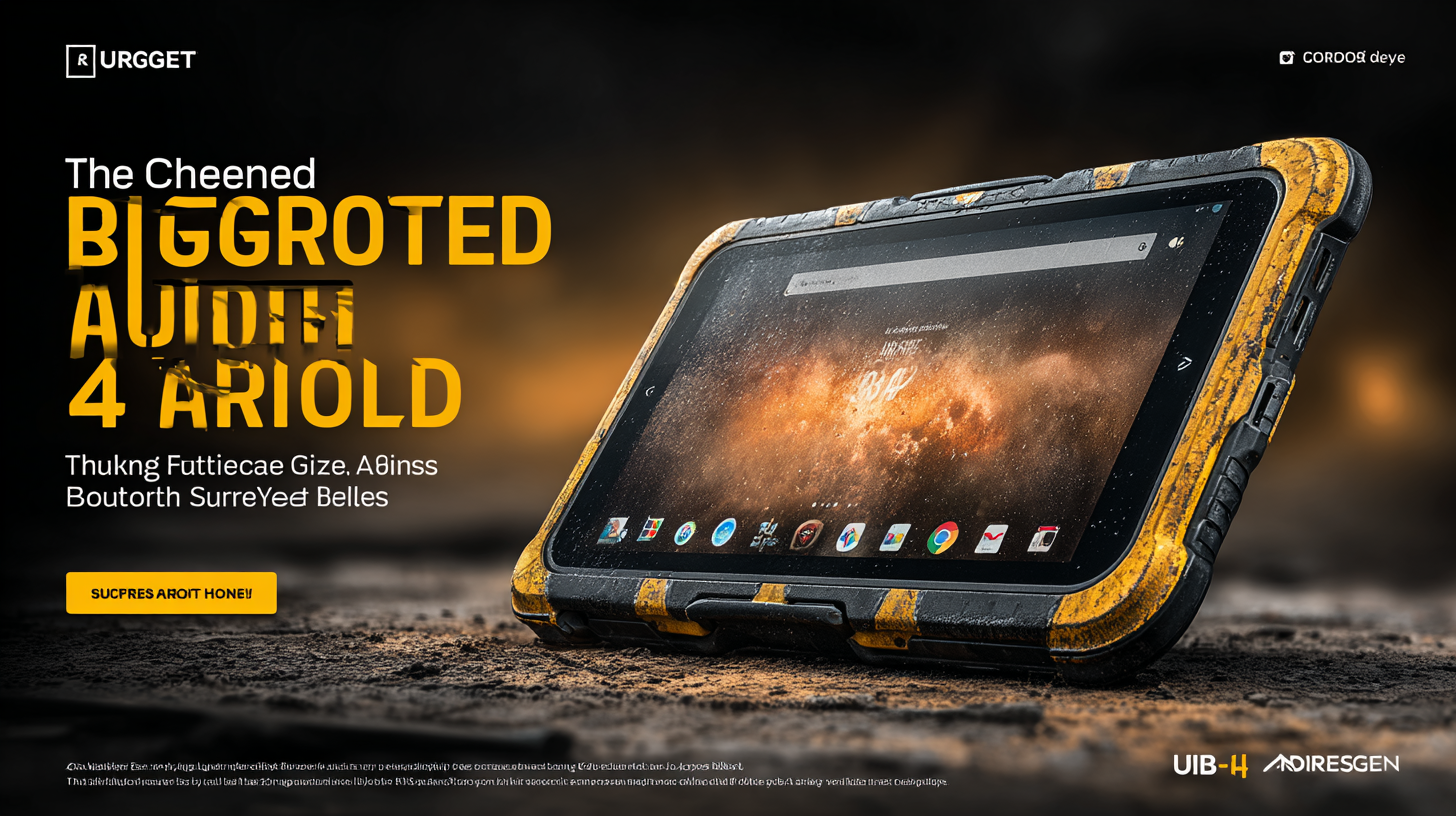
Investing in rugged tablets reduces operational disruptions, allowing employees to perform tasks without the worry of damage from elements like water, dust, or extreme temperatures. Furthermore, rugged tablets often come with enhanced features such as better battery life and superior connectivity, which are especially crucial for mobile professionals who rely on technology to stay connected. While the upfront investment in rugged devices may be higher, the potential savings from reduced equipment failure and improved efficiency can provide a compelling return on investment, making them a wise choice for many businesses.

Home
Products
Solutions
MDM Software
OEM/ODM
About Us
About 3Rtablet
Quality Control
Contact Us
News
New Product Launch: 3R Rugged Tablet PC: AT-10AL—Powerful Customization with Yocto System
3Rtablet: Enhancing Your Off-Road Adventures,Your Ultimate Off-Road Companion
3Rtablet: Powering Productivity in Construction and Agriculture
Choosing Your Ideal Linux Rugged Tablet: Why Opt for Yocto?
Choosing Your Ideal Linux Rugged Tablet: Why Opt for Debian?
Yocto VS Debian - Choosing Between Yocto and Debian
GMS Certified Android Device: Ensuring Compatibility, Security and Rich Functions
New Arrivals: Rugged Android 12.0 or Linux Yocto OS Vehicle Telematics Box for Vehicle Applications in Various Sectors
Rugged Tablet For Taxi Dispatch
Rugged Driver Tablets Revolutionize Safety and Efficiency in Mining Operations
Rugged In-Vehicle Tablets Power the Growth of IoT Revolution in Modern Industries
VT-7A PRO: New Android 13 Rugged Vehicle Tablet with GMS Certification
Taxi Dispatch Rugged Vehicle Tablet: Taximeter Ruggedized Car Tablet PC with CANBUS MDT Terminal Is Bound to Make an Impact in Your Business
Sick and Tired of Doing Fleet Management the Old Way? Read This! Discover Smarter Solutions with MDT Terminals, Rugged Vehicle Tablets, MDM Platforms, and More
Global Memory Supply Faces Severe Disruptions Amid AI-Driven Demand Surge
FAQs
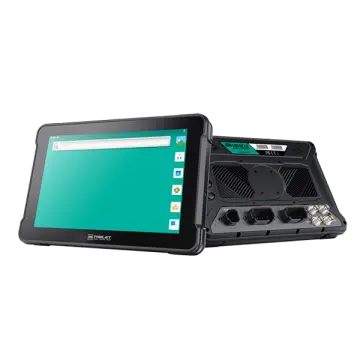 AT-10A
AT-10A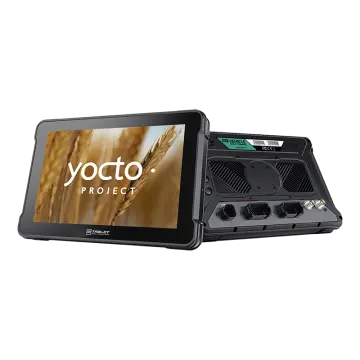 AT-10AL
AT-10AL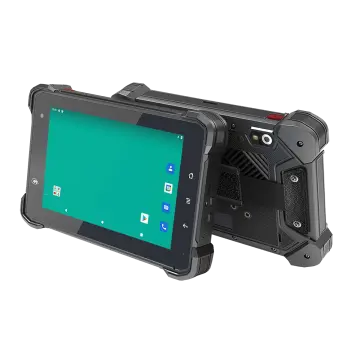 VT-7 GA/GE
VT-7 GA/GE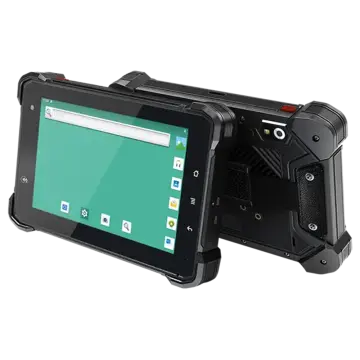 VT-7 Pro
VT-7 Pro VT-7 PRO (AHD)
VT-7 PRO (AHD) VT-7A
VT-7A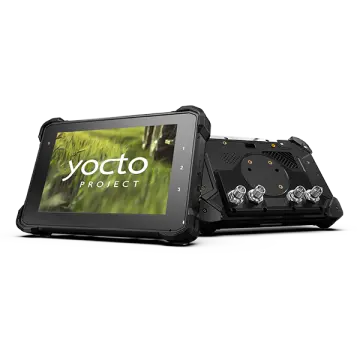 VT-7AL
VT-7AL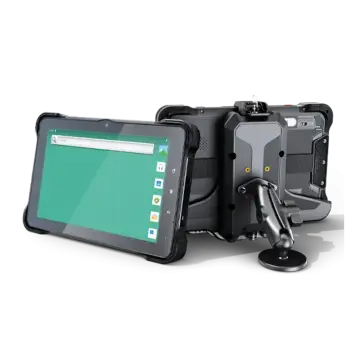 VT-10
VT-10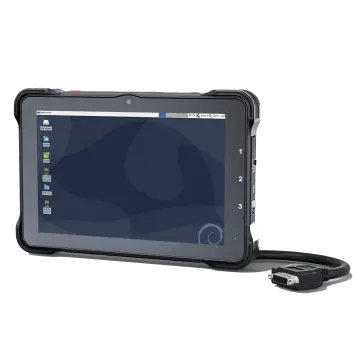 VT-10 IMX
VT-10 IMX VT-10 Pro
VT-10 Pro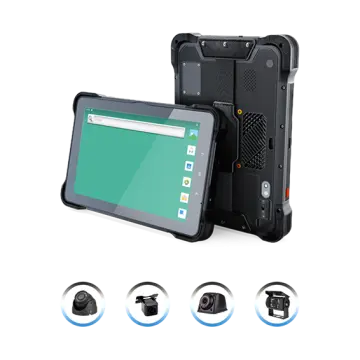 VT-10 Pro AHD
VT-10 Pro AHD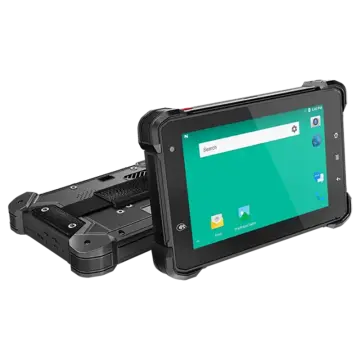 VT-7
VT-7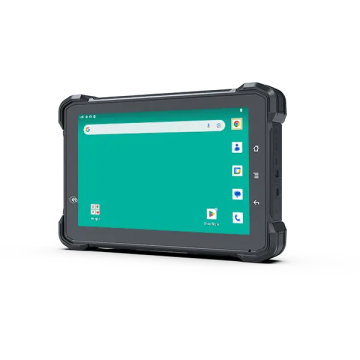 VT-7A PRO
VT-7A PRO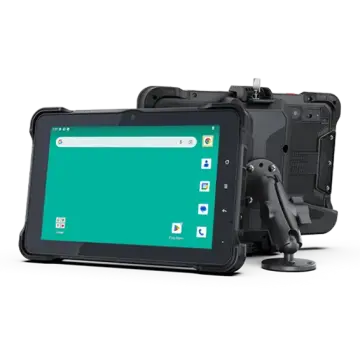 VT-10A Pro
VT-10A Pro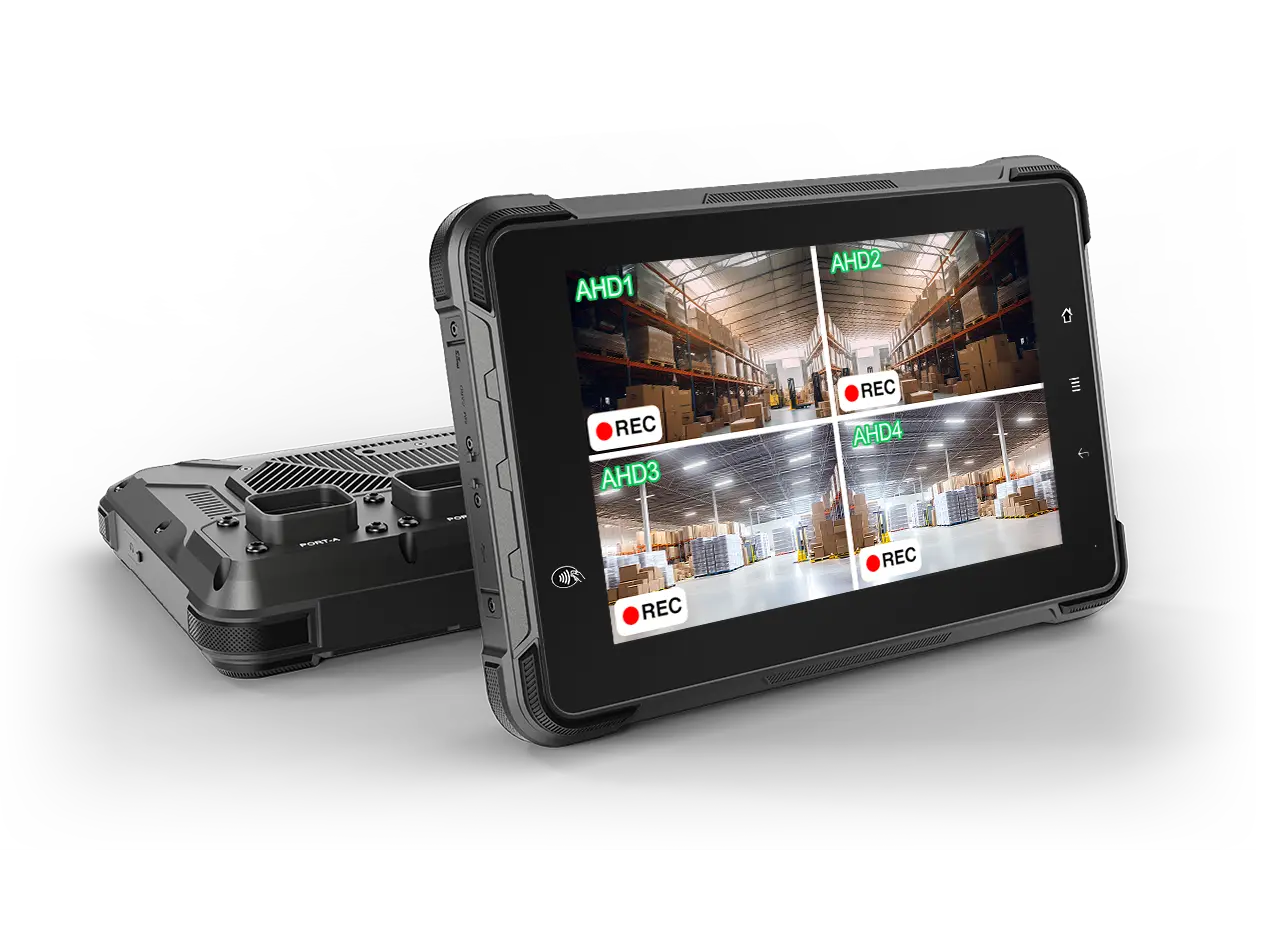 ST-7 Rugged Table
ST-7 Rugged Table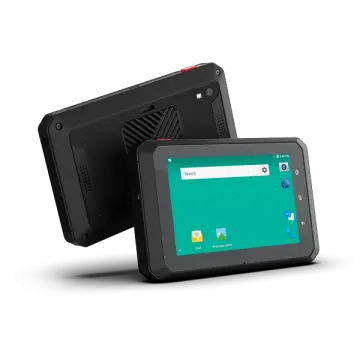 VT-5A
VT-5A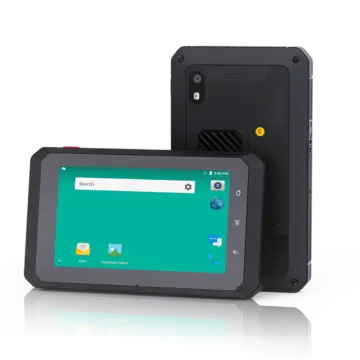 VT-5
VT-5 VT-BOX
VT-BOX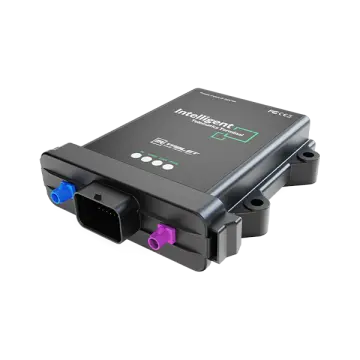 VT-BOX-II
VT-BOX-II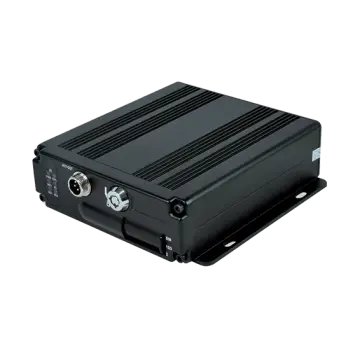 AI-MDVR040
AI-MDVR040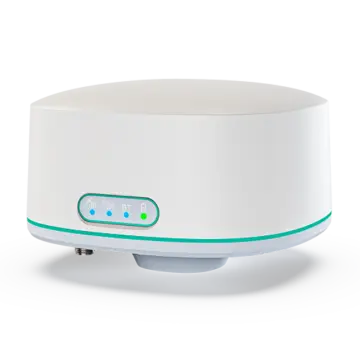 AT-B2
AT-B2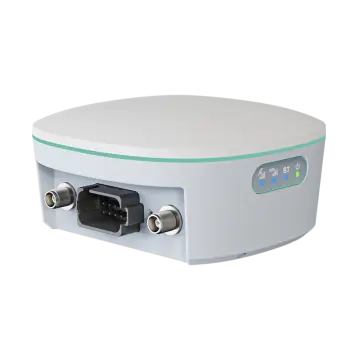 AT-R2
AT-R2

